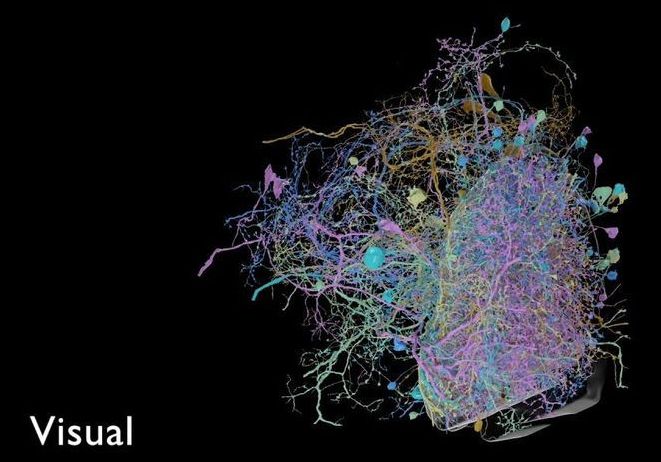Scientists from Google and the Janelia Research Campus in Virginia have published the largest high-resolution map of brain connectivity in any animal, sharing a 3D model that traces 20 million synapses connecting some 25,000 neurons in the brain of a fruit fly.
The model is a milestone in the field of connectomics, which uses detailed imaging techniques to map the physical pathways of the brain. This map, known as a “connectome,” covers roughly one-third of the fruit fly’s brain. To date, only a single organism, the roundworm C. elegans, has had its brain completely mapped in this way.
Connectomics has a mixed reputation in the science world. Advocates argue that it helps link physical parts of the brain to specific behaviors, which is a key goal in neuroscience. But critics note it has yet to produce any major breakthroughs, and they say that the painstaking work of mapping neurons is a drain on resources that might be better put to use elsewhere.
